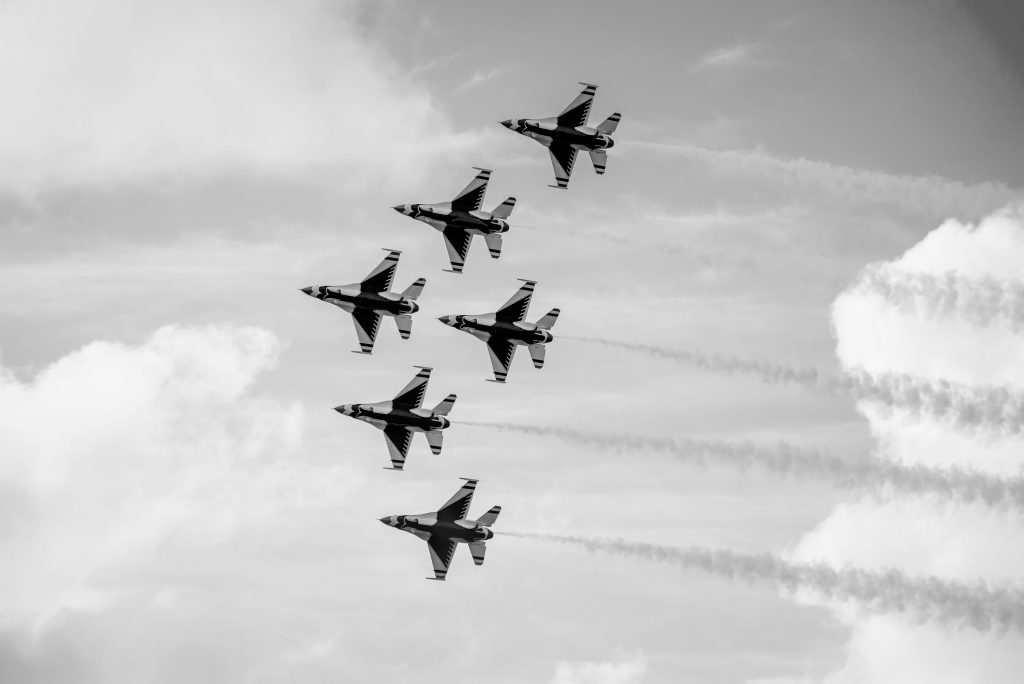The United States Air Force (USAF) has recently made innovative moves under the leadership of Secretary Heather Wilson–taking an outside-the-box approach to solving some of the vexing challenges that the service continues to face. Necessity is often the mother of invention, and service leadership is getting creative in addressing challenges… in some cases, revisiting concepts, models and ideas that worked in the past and could work again.
Most recently, an interesting piece of news hit print which indicates that for the first time in years, the USAF is considering using enlisted pilots to help shore up its pilot shortage, which now hovers around a deficit of 2,000 pilots. The pilot shortage presents a direct threat to readiness and capability, making this issue one of several important concerns for the USAF. The issue is not driven by problems in pilot recruitment or attraction, but really centers around pilot retention.
For several decades, the USAF pilot corps has been composed of officers only. But for those who know their history, at one time, particularly during WWII, it wasn’t just officers who flew combat aircraft–a good portion of our nation’s military pilots were enlisted. So, the precedent for non-officer pilots exists. In fact, the bulk of U.S. Army aircraft are flown by Warrant Officers.
That said, the pilot shortage challenge is, at root, human-centric in terms of a solution. Certainly, technology can help accelerate training or identify areas of performance improvement. But finding qualified and capable people to perform the mission–and incentivizing them to stay on and grow into higher levels of the organization–is an effort dependent on human will, human decision-making and human ideas. The creative search for solutions is defined by humans. In fact, taking it a step further, the incentive component is as dependent on organizational design (i.e., what does an attractive and healthy, positive organization need to look like in order to retain talent and leadership) as it is anything else. To that point, the military services are competing for talent in a fixed pool–some reports suggest that this pool is less than 1% of eligible 17-24 year olds – with not only the other services, but with the likes of Google and Amazon as well.
While the idea of expanding pilot ranks to qualified and motivated enlisted airmen and women may seem limited, recognizing that latent talent, skill, experience and motivation exists in all corners of an organization is important. This is especially vital when finding ways to fix or build unit morale, or achieve unified sense of mission and purpose, or recognizing human value and contribution in a large enterprise. Accordingly, what might appear now to be a practical, shorter-term stop-gap measure based on necessity might actually represent a way to achieve a number of longer-term benefits for the organization. Current leaders must ensure that the culture they are promising actually exists when this highly-skilled talent arrives at their first duty station.
Looking ahead, it will be interesting to see what the next steps in this endeavor look like–if the USAF is seriously considering opening some pilot jobs to the enlisted ranks. To be successful, the service will have to consider a number of additional issues, from what type of aircraft and missions enlisted pilots would fly, to addressing the inevitable social complications and culture-shock that will occur once a significant change in is undertaken.
But on the whole, this type of innovative approach to address human-based challenges in an organization is intriguing and necessary to solving the problems the country faces–both in government and out–and represents an exciting shift in perspective that could empower service members to more meaningfully contribute. To learn more about applying human-centric approaches to organizational problems, please contact Travis Wright.
